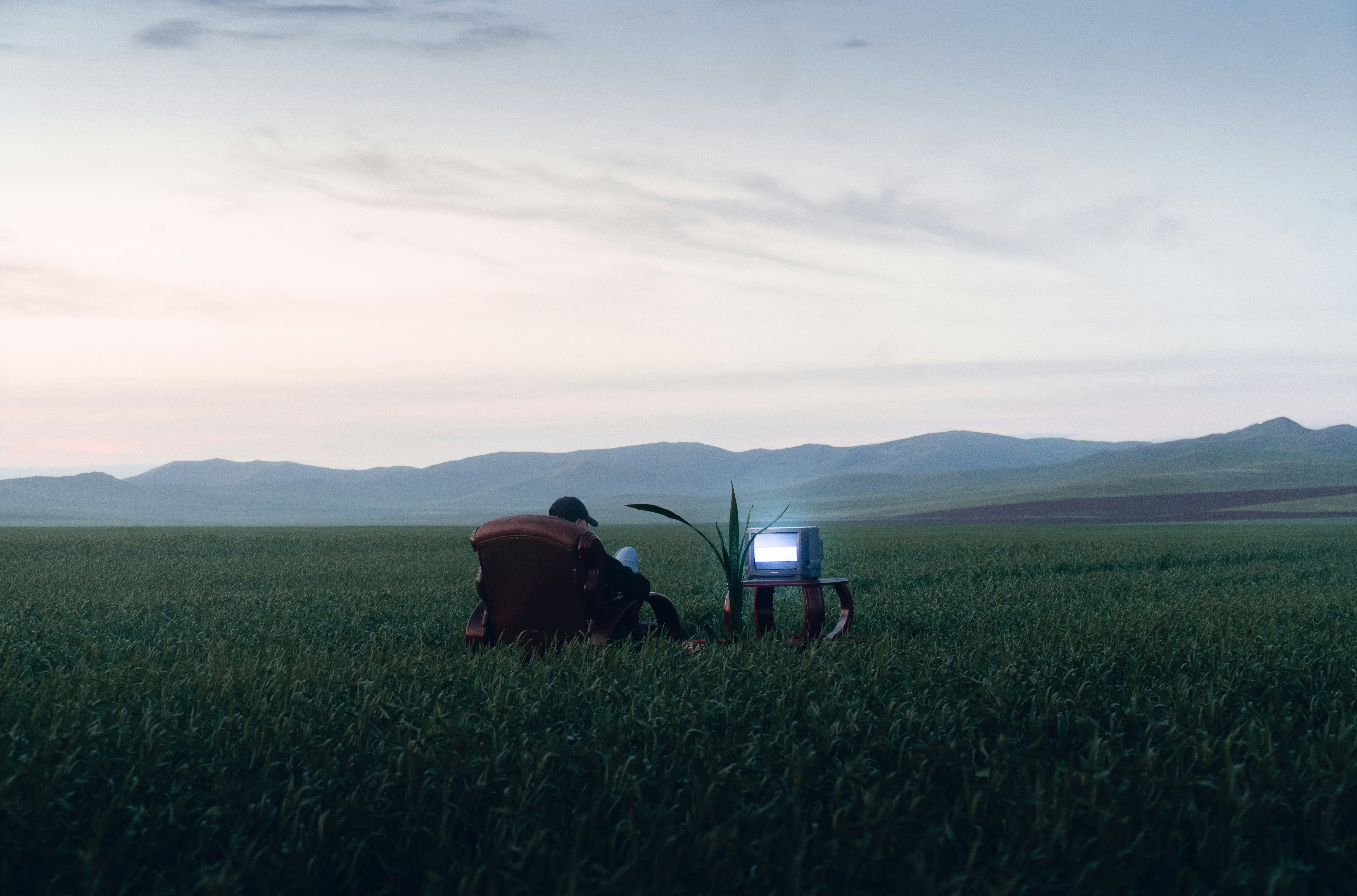Why “More-than-Human” Thinking is Crucial for the Future of Design
Jun 25, 2025
Imagine this: you're designing a city park, not just for joggers and dog walkers, but also for squirrels, moss, butterflies, and even underground fungi networks. Sounds wild? Welcome to the world of More-than-Human Design, a growing movement that's changing how we think about design in the age of climate change, AI, and global uncertainty.
Wait… More-than-Human? What Does That Even Mean?
Most design today focuses on what people want, how they move, and what makes their lives easier. That’s called human-centred design.
But here’s the problem: when we only design for humans, we ignore the plants, animals, and systems we depend on. More-than-human design says, “Hey, let’s include them too!”
It means designing with nature, not just around it.
Garden designed by bees
In one amazing project, an algorithm mimicked how bees choose flowers. It created garden layouts meant to feed and protect pollinators, not just look pretty for humans. These gardens are now growing in multiple cities, helping restore insect populations and they’re beautiful to look at too!
Ocean Walls that Heal, Not Just Defend
Traditionally, seawalls are built to keep waves out. But new versions are being designed to invite marine life back in. They have tiny crevices and curves perfect homes for oysters, seaweed, and coral. These "living seawalls" protect coastlines and rebuild ecosystems at the same time.
Kitchens from Climate-Challenged Futures
Ever thought about what your kitchen might look like in a food-scarce future? One installation lets you walk into a future London apartment, where the kitchen is adapted for rising temperatures and limited water. The tools, furniture, and even food are designed based on real climate predictions.
It's weird, it's wonderful, and it makes you feel what the future could be like.
Why Should You Care?
Because the planet is not just ours. Whether it's cleaner air, healthier soil, or safer habitats, designing with nature in mind helps everyone, humans included.
Plus, it’s honestly just more fun. It forces us to be more imaginative, more caring, and more connected.
You don’t need to be an eco-warrior. Start small:
Think about who (or what) is affected by your design beyond people.
Add a plant. Add a bug. Add a sensor that listens to the wind.
Map the “users” of your design, including birds, rivers, microbes, or even AI systems.
You’ll find the work becomes richer, deeper, and way more surprising.



